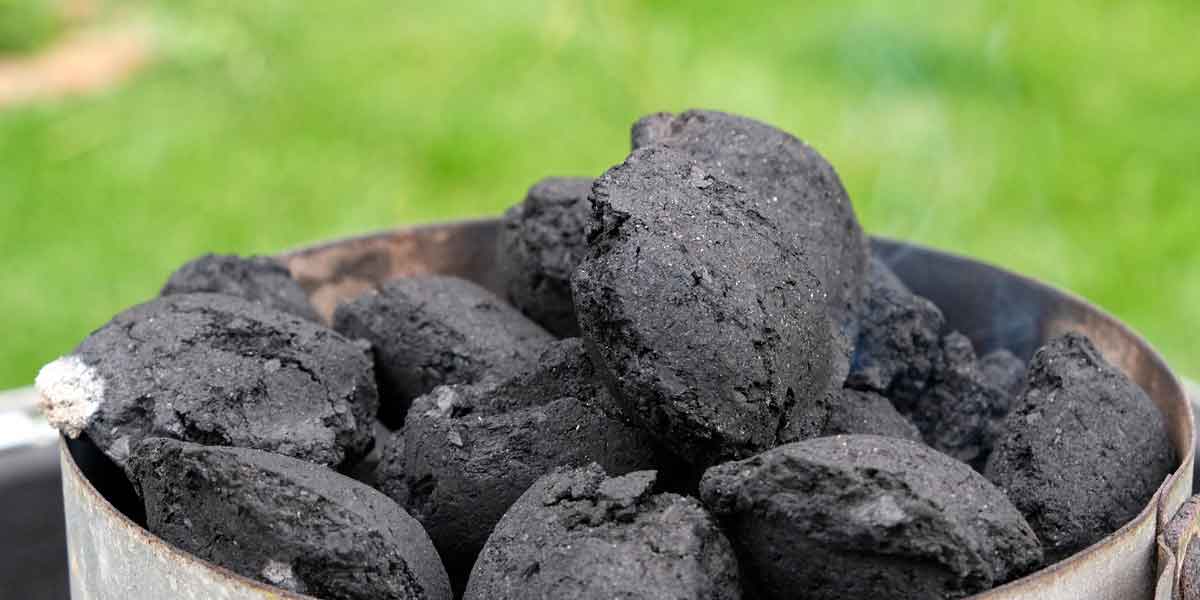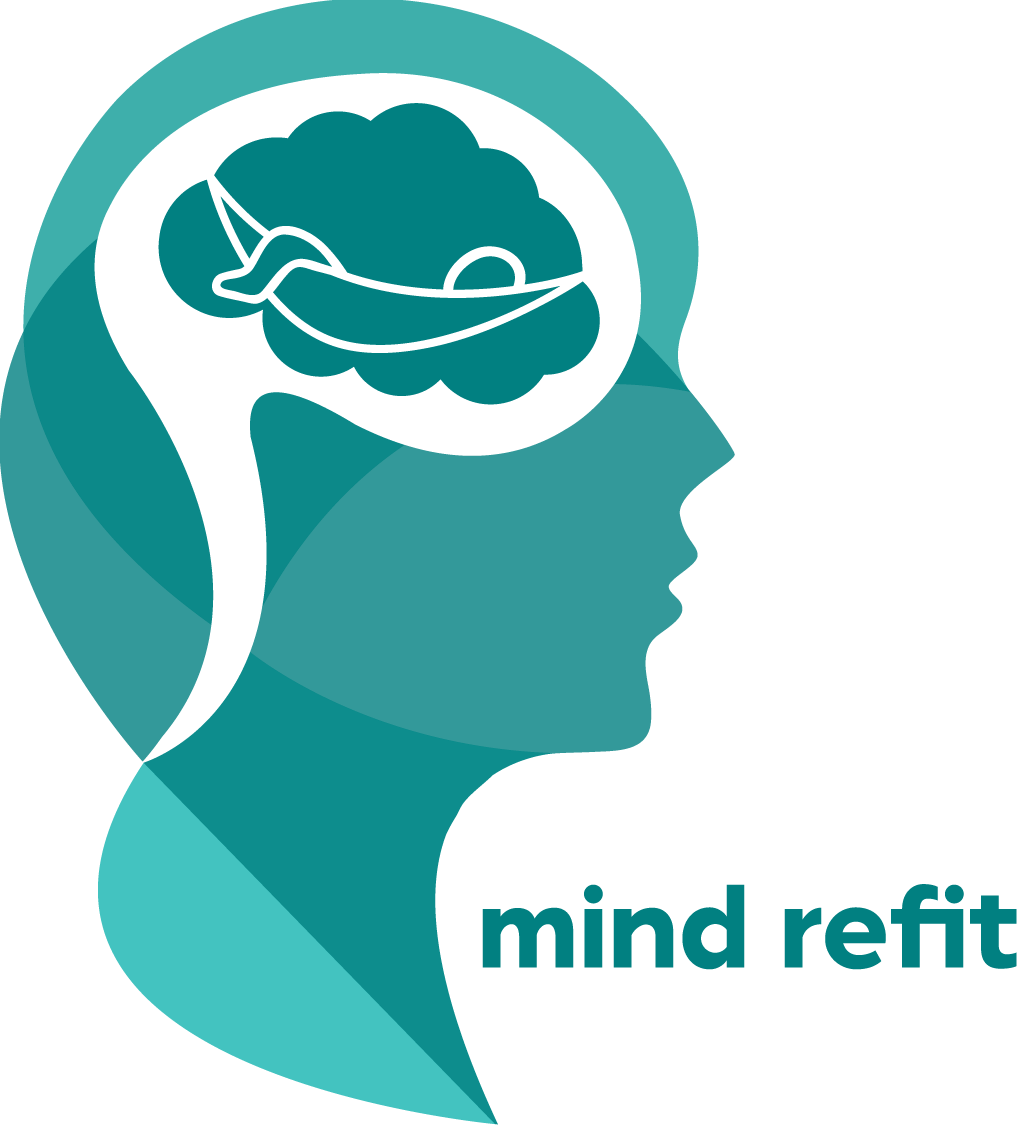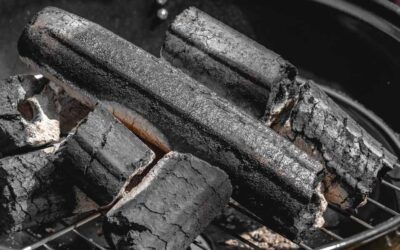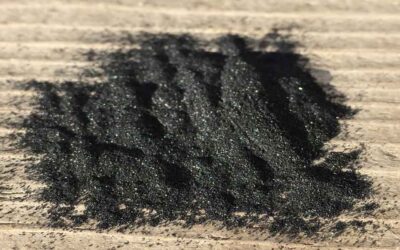
Activated charcoal is a miracle product that has been around for ages. It was primarily used for water filtration. However, the way that activated charcoal works has caused its popularity to include many other applications, such as emergency medical responses to stop the effect of accidental poisoning or to save patients from the effects of overdoses, among other applications. So, what is the mechanism of action that gives activated charcoal its ‘miracle’ reputation?
Before understanding the mode of action, you need to have an idea of how it’s made.
To get activated charcoal, you have to pass charcoal through a purification process with a number of chemicals. The process of activation not only expels impurities but also leaves behind a finished product of fine black porous particles that is extremely voluminous, making it completely suitable for adsorption.[1]
How does Activated Charcoal Work?
Adsorption simply describes a process which involves the attraction of molecules, usually liquid or gaseous impurities, to the surface of a solid. In this case, activated charcoal forms a carbon-rich pad which binds substances to its surface.[2] Let’s take a look at a few relevant applications.
In Medicine
The nature of activated charcoal is quite impressive. When ingested, activated charcoal doesn’t dissolve into the bloodstream. Its ability to attract and trap chemical molecules and toxins, coupled with its inability to be absorbed into body fluids, actively capacitates it to keep harmful substances away from the bloodstream and hidden deep within its crevices. It basically just works for the gut, leaving the body through the stool and taking along the adsorbed poisonous substances. However, the adsorbent property of activated charcoal is just one side of the coin.[1]
Another beautiful quality of activated charcoal is the porous structure, which has a negative electrical charge and can be effective in pulling away positively-charged gases and toxins. Essentially, it not only attracts and cages these chemicals, but it also renders them powerless.[1]
Although activated charcoal has been listed by the World Health Organization as one of the safest and most effective medicines needed in a country’s health system,[3] unfortunately, it is not a ‘solve-all’. It is generally ineffective on intestinal gas and diarrhea and is medically ineffective on poisoning caused by corrosive agents like alkalis and strong acids, iron, cyanide, boric acid, arsenic, lithium, methanol, petroleum products, ethanol or ethylene glycol, or alcohol.[4]
There could also be dangers. For instance, when applied incorrectly (e.g. into the lungs), it could lead to pulmonary aspiration, and, were not immediately attended to, could be fatal.[5]
For Purification
Another notable area where activated charcoal’s mechanism of action has been applied is in the purification of the following:[6]
- Distilled alcohol beverages
- Gas
- Chemical
For distilled alcoholic beverages like whiskey and vodka, activated charcoal is used to attract and filter out all organic impurities that may affect the taste, color, and odor.[6]
Gas purification, on the other hand, involves using activated charcoal to remove odors, oil vapors, and other hydrocarbons from compressed gas or air. It involves a process, where activated charcoal is used as a filter to trap radioactive gases in vacuumed containers until they rapidly transform into non-radioactive solids. Clean air is filtered through, while the said solids remain trapped in the charcoal particles.[6]
Lastly, activated charcoal is used in laboratories for chemical and pharmaceutical processes, by purifying solutions of organic molecules, freeing them of unwanted colored organic impurities.[6]
The process for all the above involves either mixing activated charcoal with the substance/solution to filter off impurities or immobilizing activated charcoal in the filtration system.[6]
Environmental Cleansing
Activated charcoal, due to its mode of action, has been widely adopted in the environmental sector and used in industrial processes for removing pollutants from air or water streams. A few applications where activated charcoal is useful includes;[6]
- To filter drinking water: activated charcoal has been used to develop many filtration methods and has been adopted in many filtration systems,[7]
- Groundwater remediation: treating polluted groundwater with activated charcoal, by removing the pollutants or converting them into harmless products,
- To purify the air (as explained ‘under purification’ above), and
- Cleaning up chemical spillages.
Closing Thoughts
As seen from the above, activated charcoal works similarly in different applications, which shouldn’t come as a surprise. Its most effective uses are attributed to its adsorbent nature and its ability to render positively-charged toxins powerless. It goes without saying that activated charcoal is useful for mankind but to what extent and can it be misapplied? If you would like to learn more, check out our article on What is activated charcoal and is it safe for use?
References
- HH Patel, M.Pharm.(2019). What is Activated Charcoal? Reviewed by Angela Betsaida B. Laguipo, BSN. Retrieved March 9, 2020, from News Medical – Life Sciences; https://www.news-medical.net/health/What-is-Activated-Charcoal.aspx
- Justin Wiens. (n.d.). Adsorption: Definition & Examples. Retrieved March 9, 2020, from Study.com; https://study.com/academy/lesson/adsorption-definition-examples.html
- The WHO Essential Medicines List (EML): 30th anniversary. World Health Organization. Retrieved March 9, 2020, from WHO; http://www.who.int/medicines/events/fs/en/
- Charcoal, Activated. The American Society of Health-System Pharmacists. Retrieved March 9, 2020, from https://www.drugs.com/monograph/charcoal-activated.html
- Elliott CG, Colby TV, Kelly TM, Hicks HG (1989). Charcoal lung. Bronchiolitis obliterans after aspiration of activated charcoal. Chest. 96 (3): 672–4. doi:10.1378/chest.96.3.672. PMID 2766830.
- Activated carbon. (n.d.). Retrieved March 9, 2020, from Wikipedia; https://en.wikipedia.org/wiki/Activated_carbon
- EPA Alumni Association: Senior EPA officials discuss the early implementation of the Safe Drinking Water Act of 1974, Video, Transcript (see pages 15-16).





0 Comments